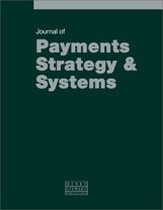What makes for successful micropayments products and business models?
Abstract
Small payments of less than US$5 have resisted the wave of electronification that has swept consumer payments in recent years. A number of innovations (both new technologies and new ways of doing business), however, have done much to make such electronic 'micropayments' less expensive and more convenient. Now, having proved themselves in several online markets, micropayments are poised to make inroads at the physical point of sale. This paper looks at some of the success stories (and failures), both in the US and abroad, to identify possible conditions for success and to gauge the outlook for the future. It finds that industry structure, the coordination of standards, and customer preferences and experiences have all influenced the development of these products. While different markets around the world have supported different types of solutions, the successful products have delivered clear utility to the consumer, along with compelling economics for the different parties in the value chain. With critical mass in sight, the future looks promising.
The full article is available to subscribers to the journal.
Author's Biography
James Mcgrath CFA, FRM is an Industry Specialist in the Payment Cards Center (PCC) at the Federal Reserve Bank of Philadelphia. Mr McGrath’s research interests include payment system risk, payment method adoption and the economics of electronic consumer payments. Prior to joining the PCC, he was engaged in investment and risk management at a private charitable foundation. He holds an MBA in finance with distinction from the Yale School of Management and bachelor’s degrees in economics and philosophy with honours from the University of Pennsylvania where he graduated as a Joseph Wharton Scholar.
